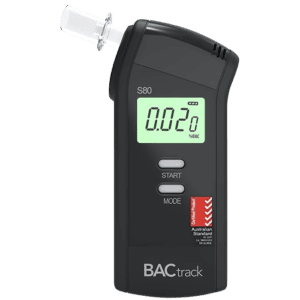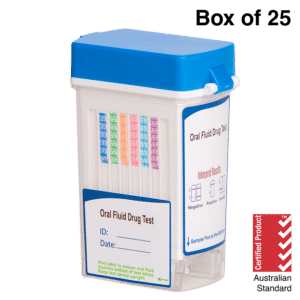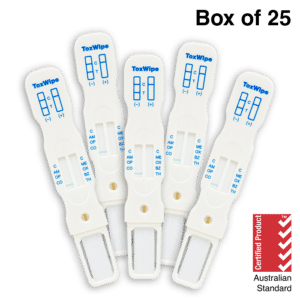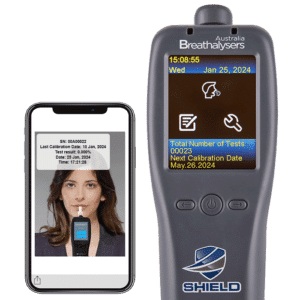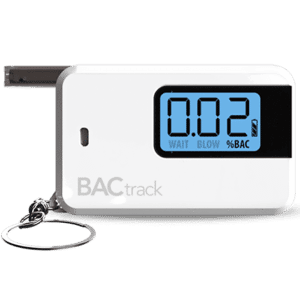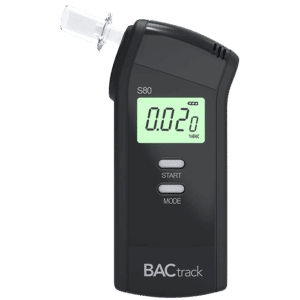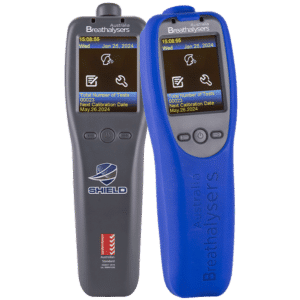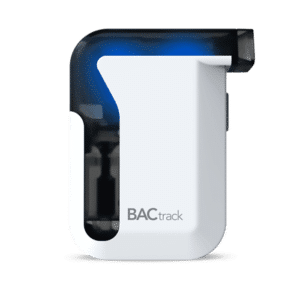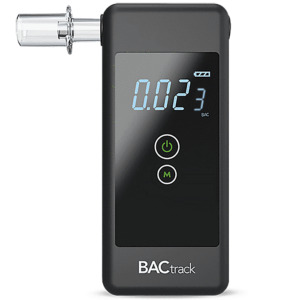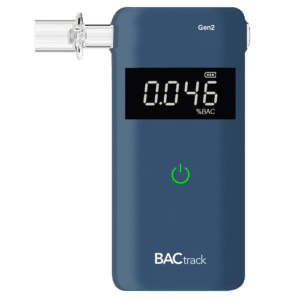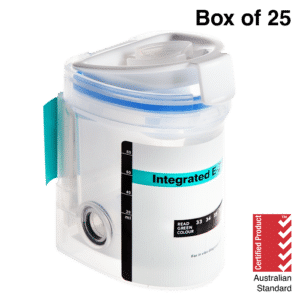Best Sellers

The ethyl glucuronide (EtG) alcohol test determines if an individual has been drinking through an analysis of various samples. Medical professionals can administer EtG screenings to search for its presence in blood, hair and nails. However, the most common method of the EtG alcohol test is through a urine sample analysis. Furthermore, companies commonly apply EtG screenings to enforce comprehensive drug and alcohol testing policies. Alcohol impairment remains to be one of the primary causes of workplace accidents.
This article will cover EtG alcohol screenings, how they work, their effectiveness and their advantages as a drug screening method. Many industries use EtG tests to deter alcohol use in employees and the workforce. This is especially important for high-risk and safety-critical industries such as mining, transportation, manufacturing, aviation and healthcare. Furthermore, such industries may use such screenings as part of workplace zero-tolerance policies.
EtG Alcohol Test – How does it Work?
An EtG alcohol test primarily uses a urine sample to confirm if a person has consumed alcohol. It tests for ethyl glucuronide, a metabolite byproduct of alcohol. Additionally, the screening can detect EtG in urine for up to 80 hours after consumption. Thus, it allows EtG to have a greater level of accuracy than semiconductor breathalysers and a lower chance of false-positive readings. Likewise, EtG alcohol screenings detect alcohol over a more extended period.
When people consume alcohol, the liver metabolises ethanol into several different compounds. EtG urine tests detect ethyl glucuronide for extended periods, making it suitable for monitoring abstinence. Moreover, medical technicians generally consider the amount of this compound in the sample to indicate recent alcohol consumption. However, this test cannot precisely determine the precise time of consumption. Furthermore, a positive result does not necessarily mean intoxication when providing the urine sample.
The EtG alcohol test is a highly effective method for monitoring consumption over time. The testing method has a long detection time and can easily administer without an invasive procedure. The screening itself measures the specific presence of EtG, not alcohol. In addition, some studies show that EtG can show up for even 24 to 120 hours after the alcohol is processed. However, this may vary from person to person.
Advantages of EtG Screenings
- Non-invasive – these tests are easily administered and require a quick urine sample
- Easy to interpret – does not need a medical professional to interpret
- Ideal for application in abstinence monitoring in treatment programs
- Can detect a longer period of alcohol consumption
- Detects small amounts of alcohol
- Highly accurate in broader degrees
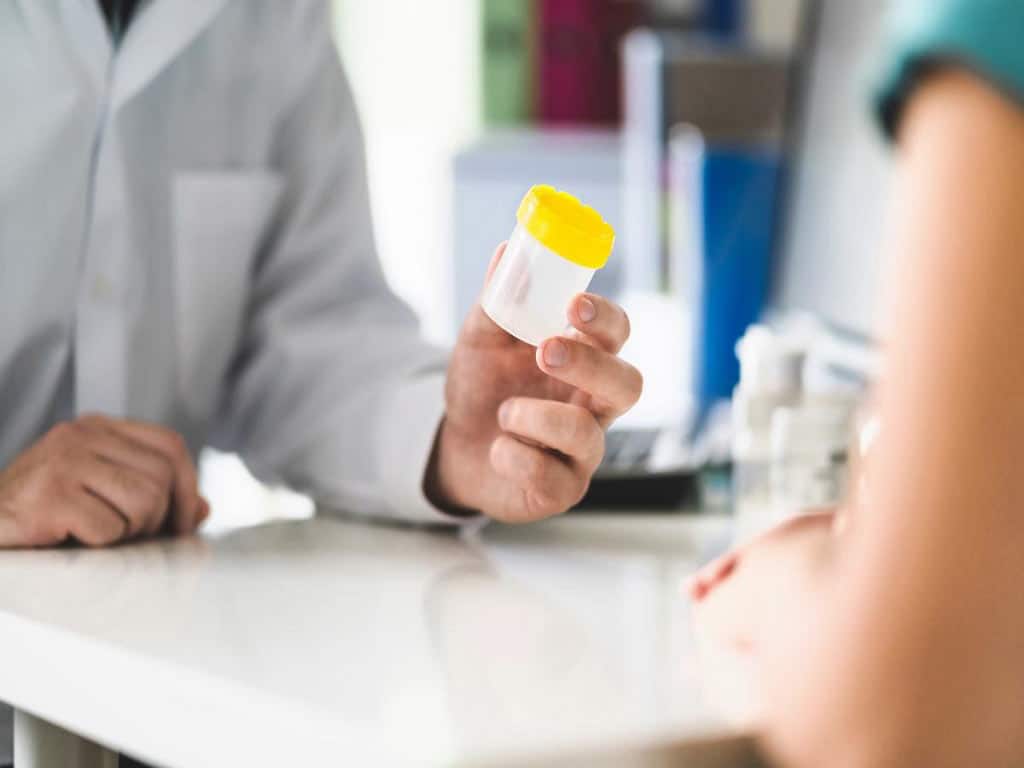
EtG Alcohol Test – Limitations and Risks
Although EtG alcohol tests are generally accurate, it is not foolproof. Like any screening method, there is still a risk of false-positive results. These may arise due to certain factors, such as certain medications that may interact with alcohol, using mouthwash and eating certain foods. This is because numerous food contains alcohol as an ingredient. Additionally, many commonly used household and industrial products contain ethanol. The consumer product information database states that exposure may lead to false positives.
In addition, EtG tests also have a higher rate of false negatives, especially for smaller amounts of drinks consumed. In most cases, a positive result may also occur from incidental exposure to ethanol from non-beverage sources. Furthermore, if the sample is not stored correctly, degradation of EtG may occur over time. Moreover, some exceptional cases show that in-vitro creation of EtG occurs with rare physical conditions. Hence, employers must weigh additional options when using an EtG test.
To conclude, employers and companies interested in an EtG alcohol test as the primary method for administering the comprehensive drug and all testing policies must first consult a healthcare professional. Furthermore, companies should always keep accuracy and limitations in mind. Many workplaces use a combination of different alcohol testing methods for more accurate testing results.
Common Products that Contain Ethanol
These products may contribute to false positives in EtG tests:
- Mouthwash
- Certain cosmetics
- Aftershave
- Breath spray
- Hand sanitisers
- Specific foods that are cooked with alcohol as an ingredient
- Deodorants and antiperspirants
- Some hair dyes
- Non-alcoholic beverages may contain trace amounts of alcohol that may still produce EtG
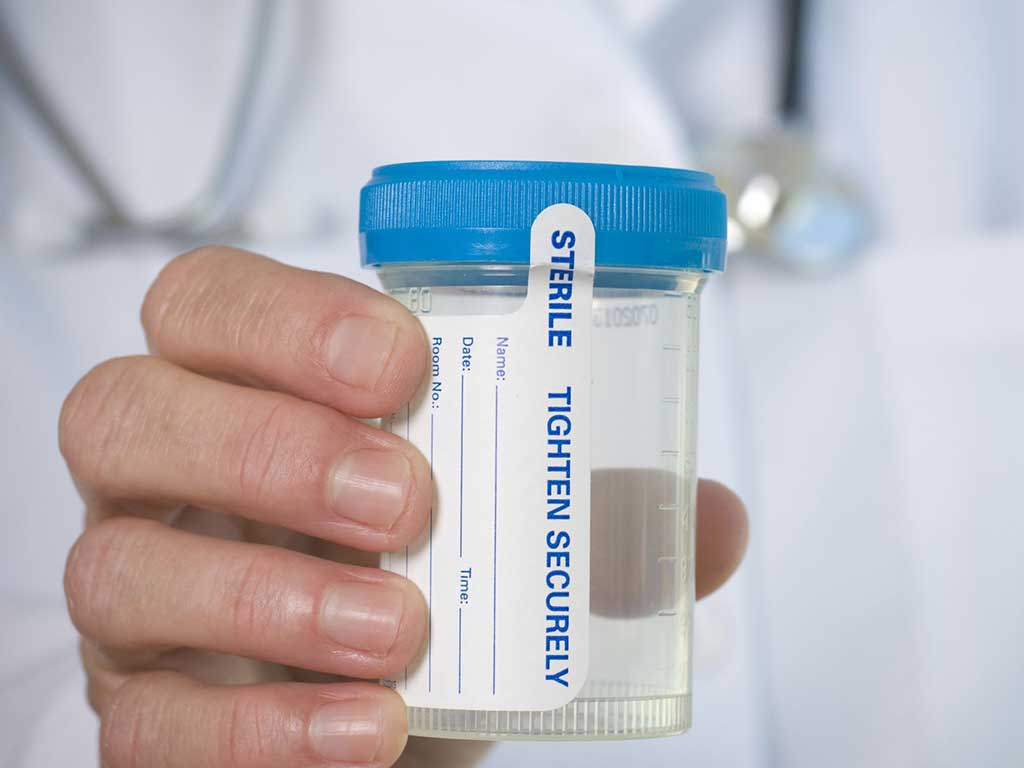
EtG Alcohol Test – Interpreting Results
An EtG alcohol test is reliable in confirming that an individual has not consumed alcohol in the days before the test. Furthermore, this test will only detect ethanol in individuals who recently consumed alcohol about 70 per cent or more of the time. One study shows that this accuracy increases to 85 per cent for habitual drinkers. As a result, a negative EtG test will show that a person was not exposed to the substance within the specific time frame.
To start, levels higher than 1000ng/ml of urine are considered a high positive and will usually indicate heavy drinking on the same or previous day and light to moderate drinking on the same day as the test. In comparison, EtG levels between 500 to 1,000ng/ml are low-positive results. It indicates heavy drinking within the last one to three days, light drinking in the past 24 hours and recent high exposure to environmental products that contain alcohol.
Lastly, as stated previously, some EtG alcohol tests result in false positives. The body may produce EtG through ethanol exposure from the listed consumer products. In addition, certain conditions may factor into an EtG result. For instance, individuals with certain types of diabetes and urinary tract infections may produce a positive result. Therefore, workplaces may use professional-grade breathalysers to minimise false positives.
Factors that Affect Alcohol’s Presence in the System
- People with a lower body fat percentage will metabolise ethanol quicker than those who weigh more
- Food slows down the rate at which alcohol metabolises
- The body’s ability to metabolise alcohol slows down as we age
- Hormonal interactions that women experience typically affect their metabolism of alcohol
Conclusion
An EtG alcohol test is commonly employed to enforce company drug and alcohol testing policies. Furthermore, it is easily applied and produces accurate results at longer testing ranges. However, there are still significant risks of false positives and negative results. Accordingly, experts advise companies to conduct follow-up tests and employ other testing methods for more comprehensive and reliable outcomes. These may include blood tests and breath tests. For certain testing situations, a urine test may not suffice.
To conclude, an EtG urine test is an effective screening method for alcohol consumption in the long term. The long detection window makes it ideal for rehabilitation clinics and workplaces where there is a need to monitor alcohol use constantly. Furthermore, it is also ideal for companies employing zero-tolerance alcohol policies, such as in safety-critical industries. However, experts strongly advise companies to diversify their testing methods for the highest levels of accuracy.





